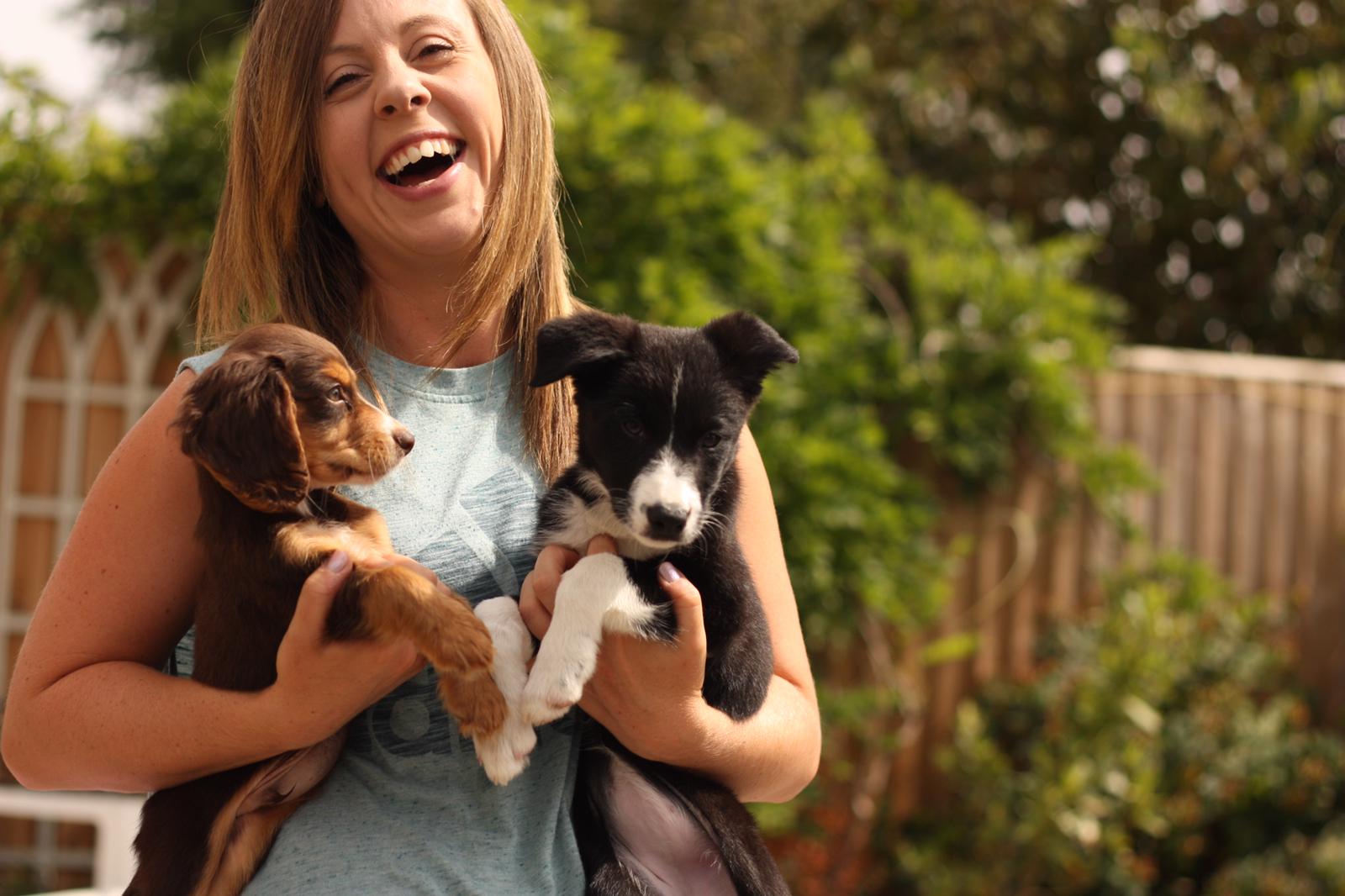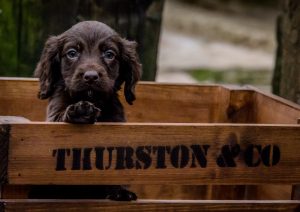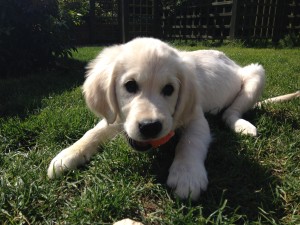
What to do on your Puppy’s First Night!
We hope you enjoyed our last blog on advice and tips before buying a Puppy. This is the next instalment in our Puppy series where we wanted to share our tips and advice on what to do when you get your puppy home on that first night!
It can seem totally overwhelming to begin with! But hopefully this blog will break it down a little for you.
Rest
Firstly know that puppies need a lot of rest.
Rest is vital to your puppy being able to start to make calmer and better decisions for themselves. And that doesn’t just mean sleep. So when you aren’t working with or supervising your puppy we highly recommend you invest in a crate and/or a space closed off with a gate guard and something to do. These spaces need to be known to your puppy as a calm space.
The more they practice being calm in that space, the more it will be known to them that ‘this is where we go to switch off’. So to help practice that you can give your puppy soft and easy to empty kongs (think defrosted raw, tripe or moistened food) and chews. Puppies left with nothing do will soon get bored and start to display undesirable behaviours.

You can also play Boundary games in these spaces – something we go into a lot more detail in our classes.
We also recommend employing lots of calm strategies throughout the day. When your puppy appears calm and settled, quietly and discreetly reward your puppy. Feed them some of their daily food and walk away. The key is to make it very much a non-even and not exciting. Match the energy that you want to see from your puppy. This is a very effective strategy to start to build up calmness – and a calm dog makes good choices!
Night time Strategies
We always recommend using a crate at night for your puppy so that there aren’t any night time escapades! Where you have the crate is entirely up to you. Some people start with it next to them in their room and gradually move them out as they build up their puppy’s confidence and independence. How you work it depends on your own situation. Having them in a crate also makes it far less likely for them to toilet during the night.
We know of puppies that sleep all the way through from day one, and some that need those toilet breaks in the night for the first few weeks.
Some people set an alarm and quietly take their puppy out for a wee and calmly put them back so that if they do start waking, it breaks up any ‘routine’ habit of waking at particular times. If that’s something that you find you need to do, you can start setting your alarm a little later each day until they are going all the way through the night.
Toilet Training
We can’t stress enough how often your puppy will need to go in those first weeks at home. They wont be able to tell you or even understand right away, so it’s up to you to make sure you take them out regularly. Think first thing in the morning, last thing at night, after playing, exercise, eating, on waking and approximately once an hour in those early days.

Allowing them to toilet on different surfaces in your garden will prevent your dog building up an association of ‘only going’ on certain surfaces.
We also take our puppies out on a very light puppy line, which not only gets them used to having a lead clipped on, but means you are less likely to start playing chasing games to try and get them back inside!
Reward reward reward. When your puppy toilets outside rewarding them is key to your success. As they are mid flow you can start to add a cue too. This will eventually lead to your dog going on cue and is an excellent skill to have.
Accidents happen!
It’s never your puppy’s fault if an accident happens. Just use it as a chance for you to learn. Don’t make a fuss. If you do, then they may start to see going to the toilet in front of you as a bad thing and this is where we can sometimes see dogs going to the toilet behind furniture for worry of being punished.
Body Language
You will start to notice your dogs body language when they need the toilet. Signs can include pacing, circling, sniffing (especially the edges of a room) or a sudden break in concentration.
We hope that you’ve enjoyed this post!
Our next Blog covers things like playing, handling and that very trendy word ‘Socialisation!. If you want to join our mailing list and get notified of when it goes live you can sign up here.
Want to join our next Puppy Class? Head over to our booking form here and we will get you signed up or contact us for more info.
